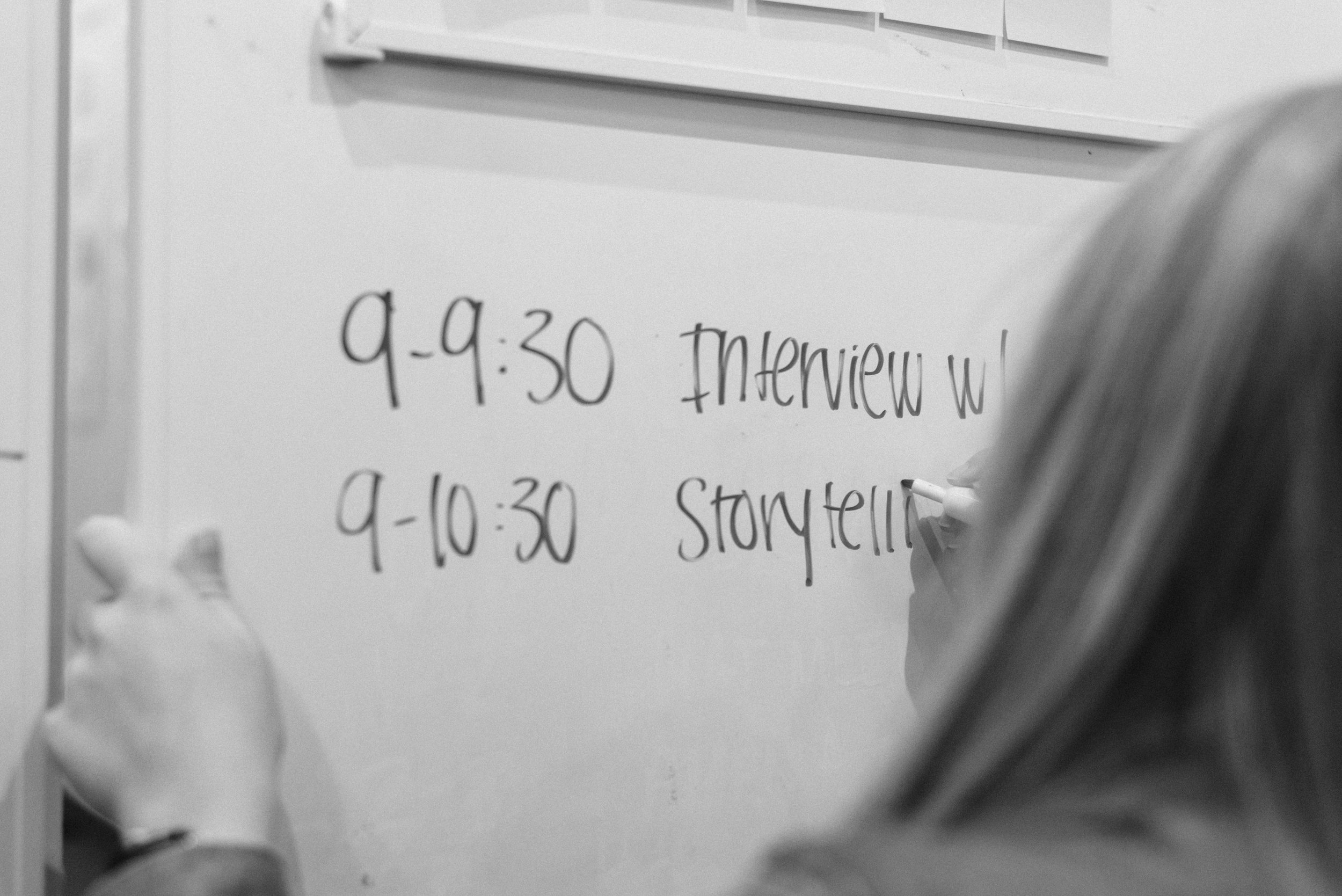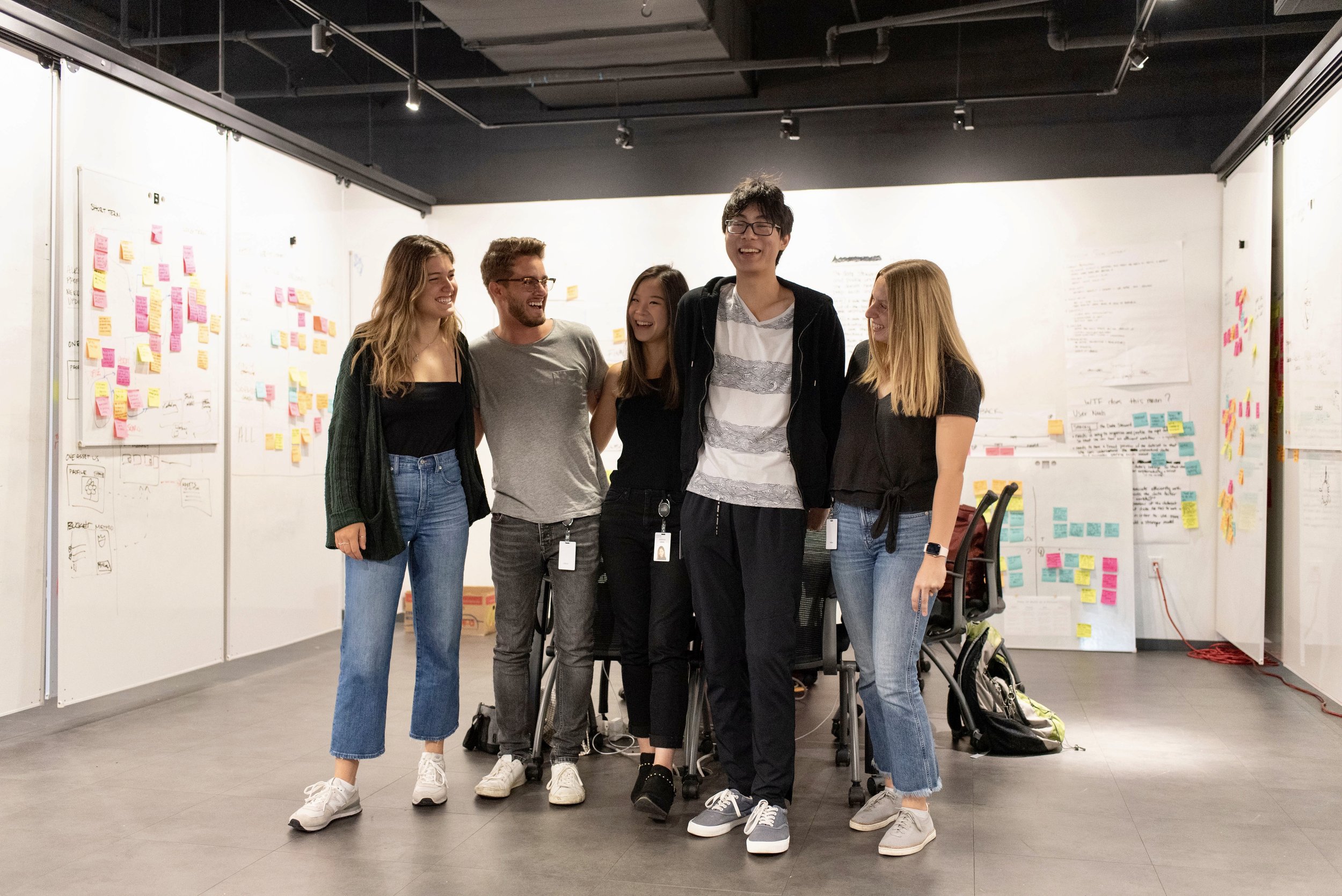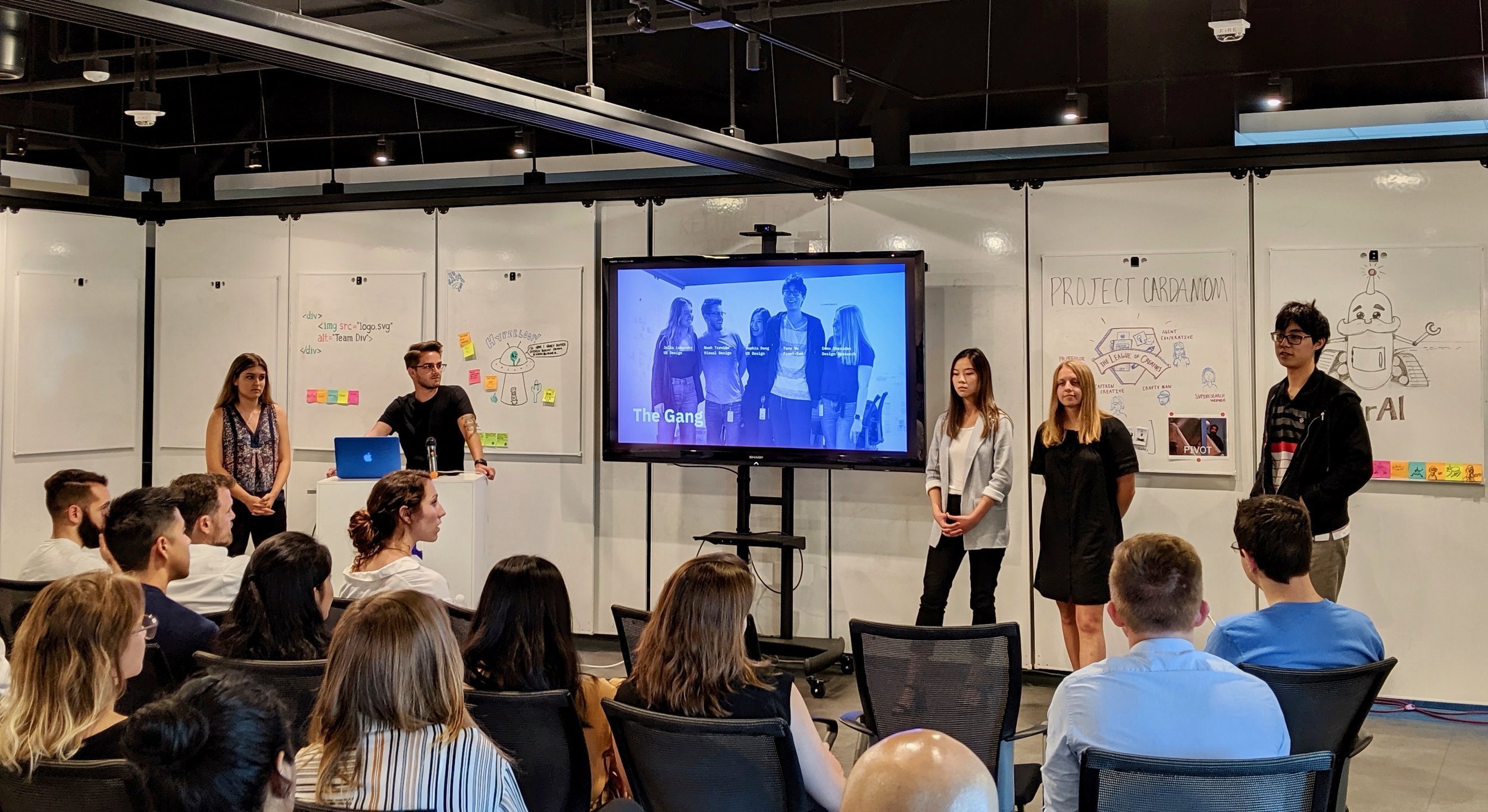Project hyperloop
As a Design Research intern in IBM’s Patterns Program, I worked closely with a multi-disciplinary group to address the prompt: How might we design a better way to find and categorize unstructured data? 80% of a company’s data is unstructured. Unstructured data is anything that doesn’t fit nicely into an Excel sheet such as images, videos, audio, pdfs, and more. Through research, my team discovered just how difficult unstructured data is to use and the challenges companies face when trying to govern their unstructured data to regulations such as the California Consumer Privacy Act (CCPA) and General Data Protection Regulation (GDPR). This is the problem we aimed to solve. Our solution would live on IBM’s Watson Knowledge Catalog–a cloud enterprise data catalog with governance features.








Enterprise Design Thinking
Throughout the project, we leaned into Enterprise Design Thinking (EDT) methods that IBM uses to collaborate within and across teams to solve users’ problems. EDT is based on three principles: a focus on user outcomes, diverse empowered teams, and restless reinvention.
There were several design thinking activities and tools that we leveraged throughout the process. Here are a few that drove the process: Questions & Assumptions, As-is and To-be Scenario Maps, Big Idea Vignettes, Empathy Map, Experience-based roadmap, Needs Statements, and Storyboards.
Research Plan & Methods
In the first working week, I drafted a research plan. The plan consisted of three phases of research: foundational, discovery, and evaluative research.
Foundational or generative research included 1-on-1 interviews with stakeholders and sponsor users, competitive analysis (SWOT Analysis), and secondary research. The goal of this phase was mostly to understand the domain our solution would live in. We spent several weeks here as the world of unstructured data is complex and vast.
Discovery research included 1-on-1 customer interviews and a design thinking research synthesis workshop. The workshop involved our immediate team and stakeholders with the goal of aligning on the research to date. I created the agenda for the workshop, but it was facilitated by two IBMers from outside of our team. Not having to facilitate meant I could be fully engaged in the activities.
Evaluative research included usability testing and affinity mapping for feedback. We tested our paper prototypes and low/mid-fidelity wireframes with external customers and internal designers.
For each of these phases, several documents and artifacts were created.
Insights
Persona & pain points: A data steward is the main user of Watson Knowledge Catalog. She struggles to manually profile unstructured data assets for her company. It is a time consuming process that prohibits her from doing the parts of her job she actually enjoys such as strategy.
Interview quotes: I created discussion guides that were used in interviewing 17+ internal IBMers and 2 external customers. From these interviews came several quotes that steered the direction of our product.
Key findings: Through affinity mapping and our design thinking workshop, we synthesized our key research findings which then drove the design of our experience to help data stewards use and govern unstructured data.
Design impact
Wireframes: The research findings greatly influenced our teams low-fidelity and mid-fidelity wireframes which we delivered to our business unit at the end of the project.
Storytelling: Throughout the internship, the importance of storytelling was stressed upon us. The people we interviewed and research we gathered shaped the story we told which allowed us to deliver a complex and highly technical problem regarding data in a way that was approachable and understandable to those without any prior knowledge of the field of data and AI.

Pod photo in our workspace in IBM's Austin Design Studio.

Friday afternoon popsicle treat with fellow interns.

Fun warm-up exercise where one partner describes to the other what is on their paper without revealing the actual object while the other attempts to draw based on the description.

Working in the pod space.

Delivering our final presentation.

Goodbye from the studio!
Reflection
Check out my Medium article for Design at IBM to learn a bit more about my experience and what I learned!
Skills
Customer interviews
Competitive analysis
Facilitation
Storytelling
Usability testing
Tools used
Affinity mapping
As-is and To-be scenarios
Big idea vignettes
Empathy maps
Experience-based roadmap
Storyboards
User needs statements
Questions & assumptions
Team
Emma Sheridan (Design Research)
Sophia Deng (UX Design)
Julia Lubarsky (UX Design)
Noah Trevino (Visual Design)
Tony Wu (Software Developer)
Project info
Org: IBM Data + AI – Unified Governance + Integration
Duration: 2 months
Year: Summer 2019